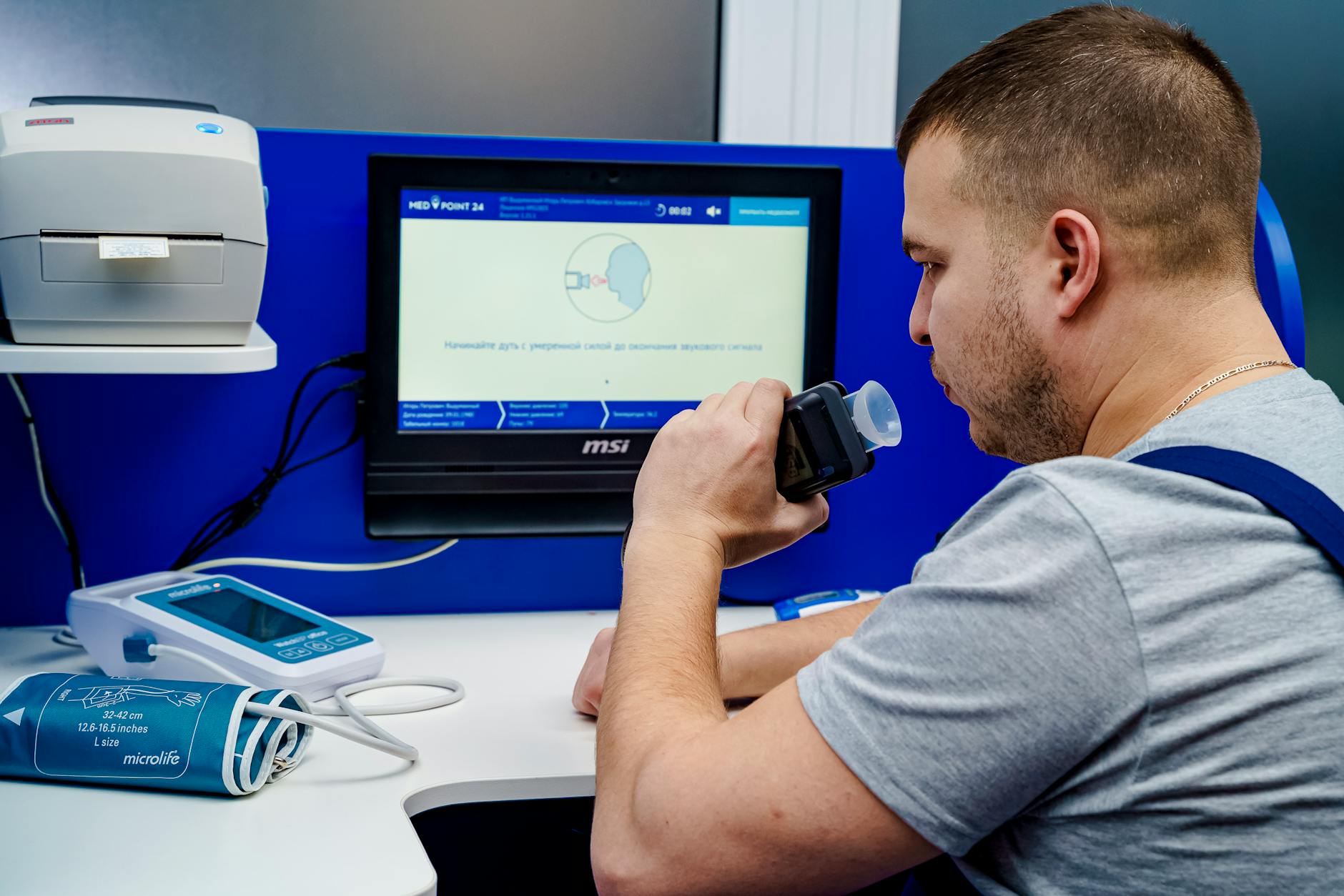Uncover the mystery behind intoxication levels with this deep dive into the factors that influence how many beers it takes.

Image courtesy of MedPoint 24 via Pexels
Are you curious about how many beers it takes to get drunk? It’s a question many people wonder about, and the answer is not as straightforward as you might think. In this blog post, we will delve into the science behind alcohol metabolism and intoxication levels to help you better understand why some people can handle more drinks than others.
Understanding Alcohol Metabolism
Alcohol metabolism is a complex process that involves the liver breaking down ethanol, the active ingredient in alcoholic beverages. When you drink alcohol, it is absorbed into your bloodstream through the stomach and small intestine. From there, it makes its way to the liver where enzymes work to break it down into acetaldehyde and then into acetate, which is eventually converted into water and carbon dioxide.
Factors that influence alcohol metabolism include age, gender, weight, and genetics. Younger individuals tend to metabolize alcohol more quickly than older individuals because of differences in liver function. Men typically have a higher tolerance for alcohol than women due to higher levels of the enzyme alcohol dehydrogenase, which helps break down alcohol. Additionally, individuals with a higher body weight may be able to drink more before feeling the effects of intoxication. Genetics also play a role in how efficiently your body processes alcohol, with some people having variations in enzymes that affect their alcohol tolerance.
The concept of blood alcohol concentration (BAC) is key in understanding intoxication levels. BAC is a measure of the amount of alcohol in your blood and is typically expressed as a percentage. In most countries, a BAC of 0.08% is considered the legal limit for driving under the influence. As BAC increases, so does the level of intoxication, leading to impaired coordination, judgment, and reaction time.
Individual Tolerance Levels
Alcohol tolerance varies among individuals and can be influenced by a variety of factors. Tolerance is the body’s ability to handle increasing amounts of alcohol without experiencing negative effects. Factors that can impact an individual’s tolerance level include the frequency of drinking, food consumption, and overall health.
Regular drinkers may develop a higher tolerance to alcohol over time, meaning they need more drinks to feel the same effects. Eating food before or while drinking can slow down the absorption of alcohol into the bloodstream, potentially reducing its effects. Additionally, individuals with certain health conditions or on medications that interact with alcohol may have lower tolerance levels and be more susceptible to its effects.
It’s important to note the difference between tolerance and dependence on alcohol. Building up a tolerance to alcohol does not necessarily mean someone is dependent on it. Dependence is a more serious condition that involves a psychological or physical reliance on alcohol to function normally.
Factors Influencing Intoxication
Intoxication from alcohol can be influenced by various external factors beyond just the number of drinks consumed. Stress, fatigue, and mood can all impact how alcohol affects you, potentially leading to quicker intoxication or increased impairment. Lack of sleep or feeling anxious can amplify the effects of alcohol on the body.

Image courtesy of resetiv.com via Google Images
Mixing alcohol with other substances, such as caffeine or prescription drugs, can also affect intoxication levels. The combination of alcohol and stimulants like caffeine can mask the feeling of drunkenness, leading to riskier behavior and potential harm. Certain medications can interact with alcohol and amplify its effects, so it’s important to be aware of any potential interactions before drinking.
To drink responsibly and know your limits, it’s essential to be mindful of these factors and make informed decisions about alcohol consumption. Setting boundaries for yourself and being aware of how alcohol affects you personally can help prevent overconsumption and reduce the risk of negative consequences.
Conclusion
Deciphering how many beers it takes to get drunk involves understanding the intricate processes of alcohol metabolism and the individual factors that influence intoxication levels. By considering aspects such as age, gender, tolerance, and external influences, you can better gauge your own alcohol tolerance and make informed choices about drinking.
Remember, responsible drinking is key to enjoying alcohol safely. Knowing when to stop, being aware of your limits, and being mindful of external factors can help prevent overindulgence and ensure a more enjoyable and safe drinking experience.
Next time you ask yourself, “how many beers to get drunk?” remember that the answer is as unique as you are, and being informed is the best approach to staying safe and in control.
FAQ
Is there a universal measurement for how many beers it takes to get drunk?
There is no exact number of beers as the intoxication level varies based on individual factors like metabolism, weight, and tolerance levels.
Can mixing different types of alcohol affect how quickly someone gets drunk?
Mixing different types of alcohol can affect intoxication levels due to varying alcohol content and potential interactions between beverages.
Does eating a big meal before drinking prevent intoxication?
Eating a substantial meal before drinking can slow down alcohol absorption and potentially reduce the effects of intoxication, but it does not eliminate them entirely.
How does the level of hydration impact alcohol tolerance?
Being well-hydrated can help lessen the effects of alcohol, as dehydration can intensify intoxication. Drinking water between alcoholic beverages can also help maintain hydration levels and potentially reduce the impact of alcohol.
Generated by Texta.ai Blog Automation
Leave a Reply